In recent years, coloring books for adults have become incredibly popular. If you’ve ever picked one up and taken a look, you can understand why. Coloring books give you boundless freedom to color in the spaces in whatever way you want. Plus, they’re available in a plethora of different styles. Whether you’ve seen ones themed after popular TV shows, floral outlines, or even abstract shapes, there are designs for any person’s tastes.
When we’re children, coloring helps us develop our motor skills and allows us to express our artistic sides. As adults, it can allow us the freedom of expression and a form of meditation, awell as an escape from everyday life. In the same way, people working toward sobriety can especially benefit from recovery coloring pages.
Since people in recovery often face serious stressors and must manage emotions and feelings that are difficult, multiple types of therapies are used to help address these issues. Art therapy has long been used to help with substance use disorder treatment, and coloring can fall under a similar category, helping those on the path to recovery in various ways.
What Is Art Therapy?
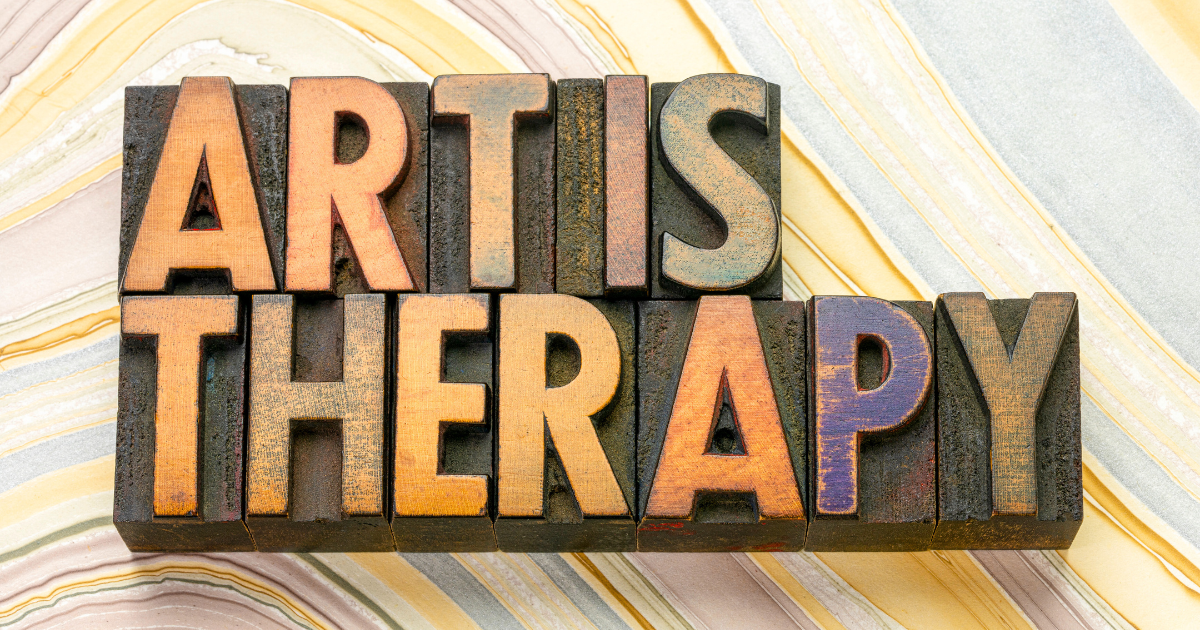
Art therapy is a type of therapy that can help people actively create art to support their mental health goals. It could help people cope with difficult emotions, boost their self-esteem, and help them become more self-aware. It can also help to give those in recovery a new sense of belonging and purpose.
Art therapy can exist in many forms, from painting and drawing to pottery and more. Coloring can be seen as another form of art expression in that it involves making choices and selecting the perfect coloring patterns, as well as a variety of techniques to color in blank areas. Art is all about expression, and coloring fits right into that description. Aside from the outlines themselves, coloring pages offer little guidance as to how the pages should be colored. That means that whoever is completing the page chooses everything else. This in itself is a form of expression.
The important thing to remember about art therapy, however, is that true art therapy involves an actual therapist to facilitate sessions. Still, performing different kinds of art can have therapeutic properties, and that’s where addiction recovery coloring pages may be useful for someone who has left treatment but may need additional individual support.
The Benefits of Coloring
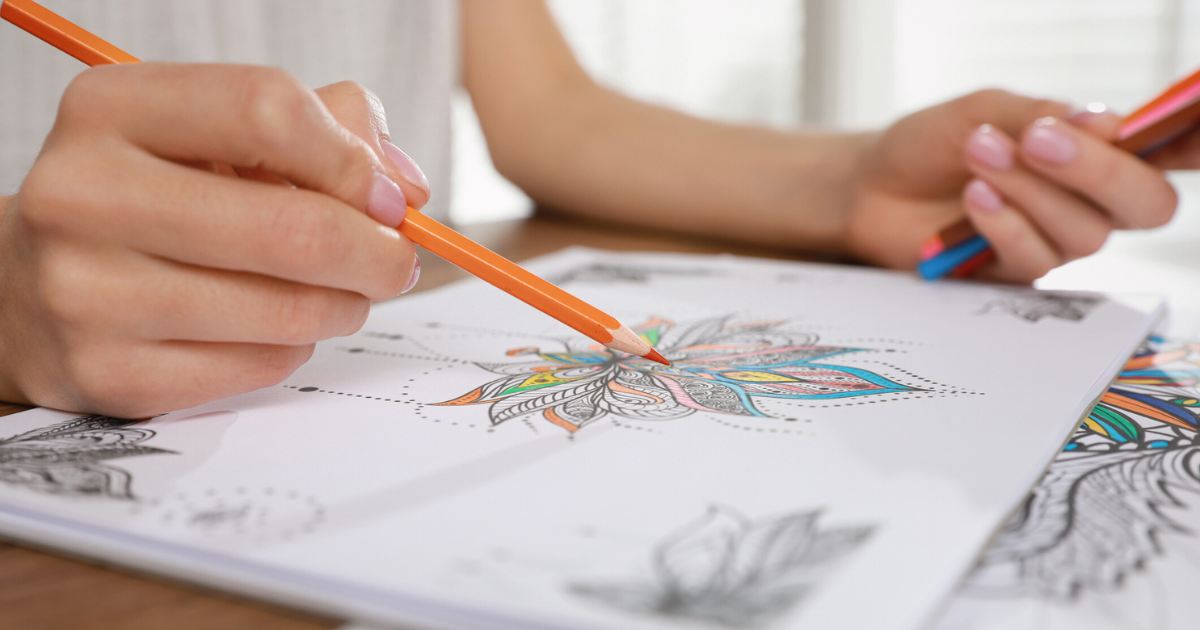
Coloring provides many benefits and opportunities for therapeutic properties. Carl Jung even discussed the healing properties of coloring, specifically in regard to mandalas. Jung himself used them as a tool for personal growth and suggested that his own patients benefited from the drawing mandalas because they felt calm while they were working through their own feelings and thoughts.
Meditative Effects
Coloring involves a repeated movement of the hand while coloring. This can create a meditative effect in some individuals. Many substance use disorder treatment programs make use of meditation to help treat co-occurring disorders like depression, anxiety, and other mental health issues. Treating co-occurring disorders is vital in the treatment of substance use disorder because many of those suffering self-medicate to cope with mental health disorders. When these contributing issues are addressed, programs increase the chances that someone will reach long-term recovery.
Mindfulness
Similarly, mindfulness can be an important component of recovery. Mindfulness helps a person focus on the present moment instead of the past. When someone spends too much time thinking about the past, they may get stuck in old thoughts and feelings. This isn’t helpful for recovery as it can be tempting to succumb to triggers. Instead, living in the present and being able to assess feelings and needs at the moment can better connect you to the present. This connection lets you manage your emotions and handle them in the moment rather than dwelling on them. This can help to keep you on the path of a successful recovery.
Freedom of Expression
Recovery can be stressful because it can make a person feel isolated – or even as if they have no control over their life. Freedom of expression is one of the major benefits of coloring. It can allow a person to put their feelings into the art that they’re creating. They can choose to color however they wish, with whatever color combinations they choose. In this way, coloring allows a person in recovery to channel their feelings into art.
Play
It may seem silly to correlate play to recovery, but think about when you were a child: some of your best memories and moments likely came from play. Most people were able to live more freely as children and play in many different ways. As an adult, life can get too serious, and most feel as if they lose that sense of playfulness and freedom. While coloring might not totally restore that freedom, it can allow you to reach back into your childhood and take a break from the difficulties of your present. Time spent playfully can help ease anxiety and stress and may even help you manage difficult feelings.
Better Concentration
Frequently, SUD takes away a person’s ability to concentrate. Racing thoughts, shifting thoughts on the next drink or fix, and spotty concentration can plague those experiencing SUD. However, coloring intricate designs can help you restore that focus you once had. Art, in general, has shown positive effects on cognitive development, potentially because it involves using different parts of the brain needed to express creativity and refine motor function. Complex designs and patterns require training these different parts of the brain and assists in increasing concentration.
New Hobbies
When a person is active in substance use, it may be the only thing that they’re focused on. In order to break this cycle and leave old habits behind, it’s important that a person in recovery finds new hobbies and new things to keep them occupied. Coloring can be an incredibly calming activity that can help occupy the mind so that cravings and difficult emotions can be managed. It’s a healthy coping mechanism that allows you to continue on the path to long-term sobriety.
Feeling Accomplished
Feeling like you can accomplish things, even the smallest tasks, can be a huge win if you’re in recovery. Coloring pages are easy, low-stakes tasks that a person in recovery can accomplish and feel good about doing so. Coloring might not seem important on the surface, but that feeling of accomplishment certainly is.
Better Sleep
Stress and worry can keep people in recovery from sleeping, but because coloring can help re-develop that feeling of calm, it’s an excellent way to ease yourself into a sleepy state. By contrast, many people spend the end of each day scrolling endlessly through social media, and blue light exposure can have negative effects on their chances of getting a restful sleep. One study has shown that blue light affects not only the quality of sleep but the duration of sleep as well. Additionally, when you scroll continuously on your phone, you can reduce your feeling of tiredness. Coloring before bedtime takes away that blue light exposure and can help you get more sleep as well as more restful sleep.
Improvement of Movement
Long-term drug and/or alcohol use can damage the brain and body in many ways. One such example is that it can negatively affect coordination. People may develop issues walking, talking, or even holding a cup of coffee or tea. When you color, you often have to focus on complex and small movements. This can help improve fine motor coordination and help rebuild strength for those suffering from the negative physical effects of long-term substance use.
Recovery Should Be Accessible
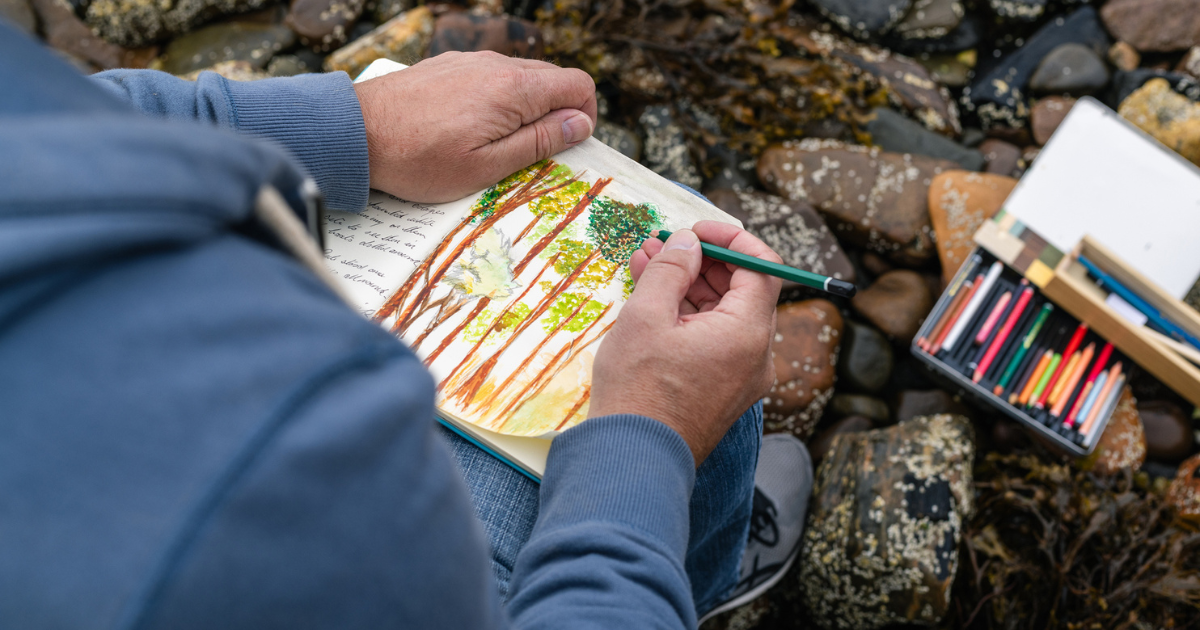
Aftercare therapy can seem expensive and difficult for people to access. In some areas of the country, recovery can feel like an exclusive club, and that can make it incredibly daunting to ask for the help you need to stay sober. However, recovery should be accessible to everyone who is ready to take advantage, which is why simpler therapeutic options can be incredibly helpful for people in recovery. A strategy like coloring can make recovery more accessible to people of all backgrounds.
Similarly, misconceptions about art therapy can make some people fear they won’t belong. Because of the name, many people believe they need to have artistic skills to create art on hand before they can engage with the arts as a form of therapy. However, coloring pages can make art seem easier for all types of people to engage with.
Consider, too, that coloring is an incredibly inexpensive hobby. Some forms of art may require expensive tools and materials, but coloring can be done easily with crayons or colored pencils. Better yet, coloring pages can be inexpensive or even free.
Top Sober Coloring Books
As mentioned, there are coloring books of all shapes and sizes; you can find themes featuring animals, TV shows, popular art, flowers, mandalas, and much more.
Here are some of the top user rated coloring books you can buy on Amazon with a sober or recovery theme:

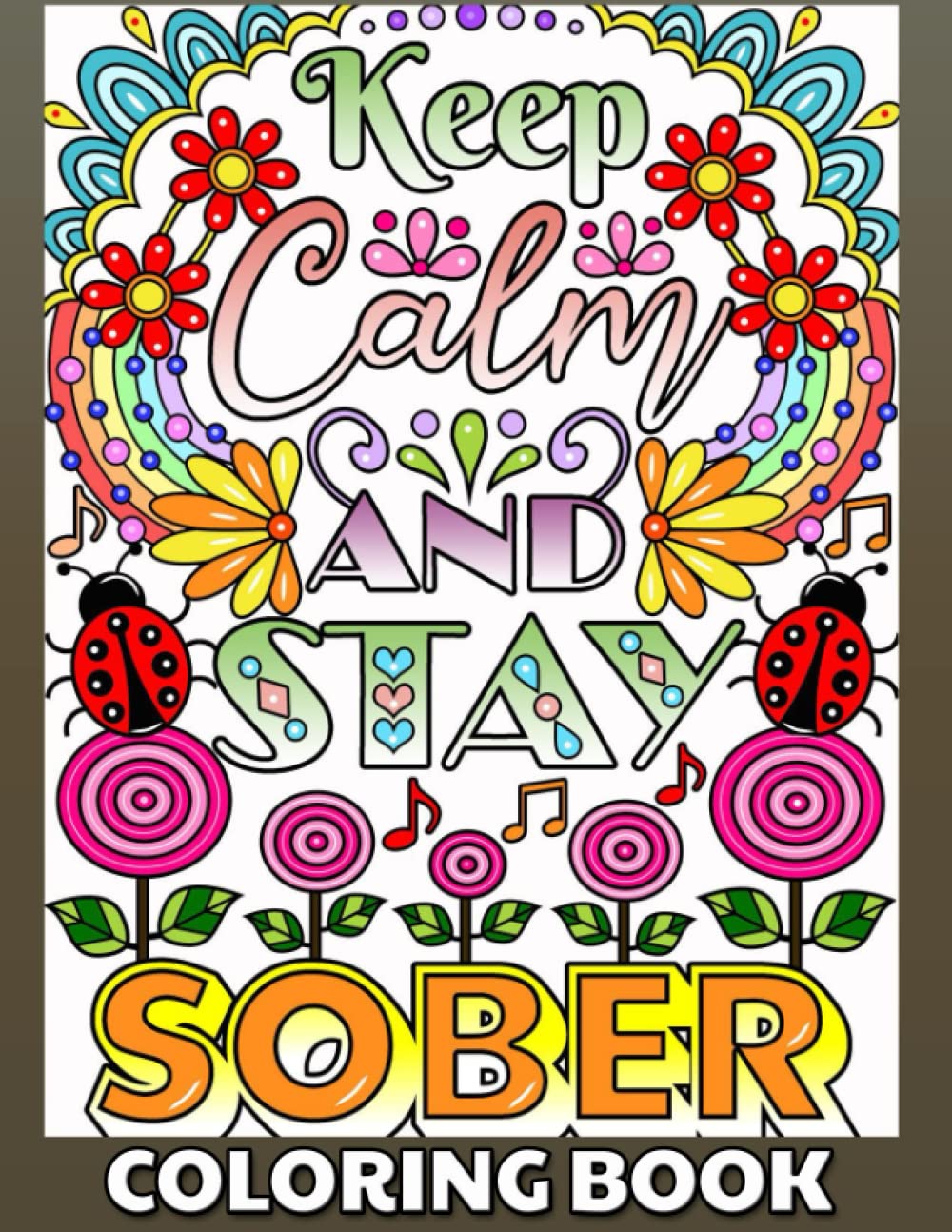
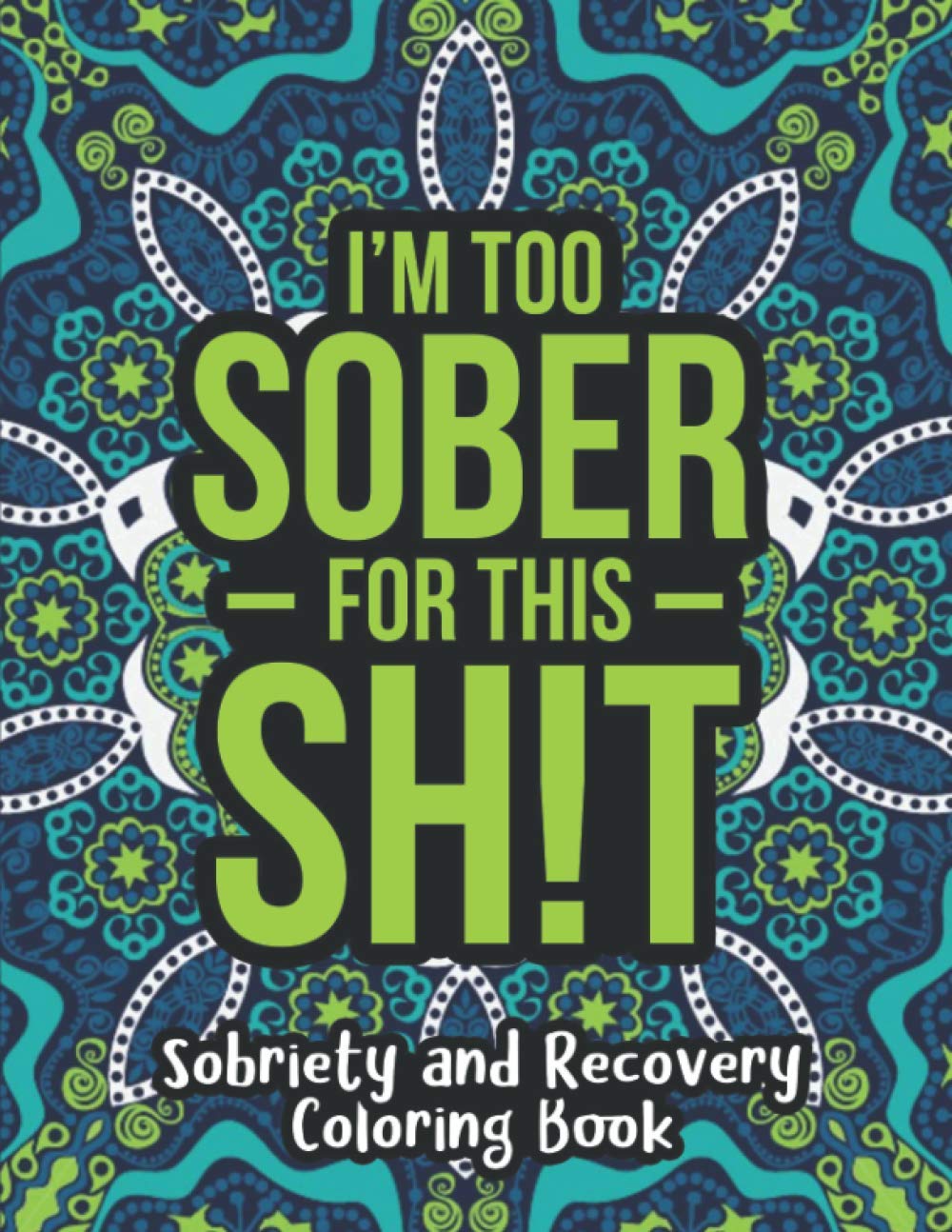
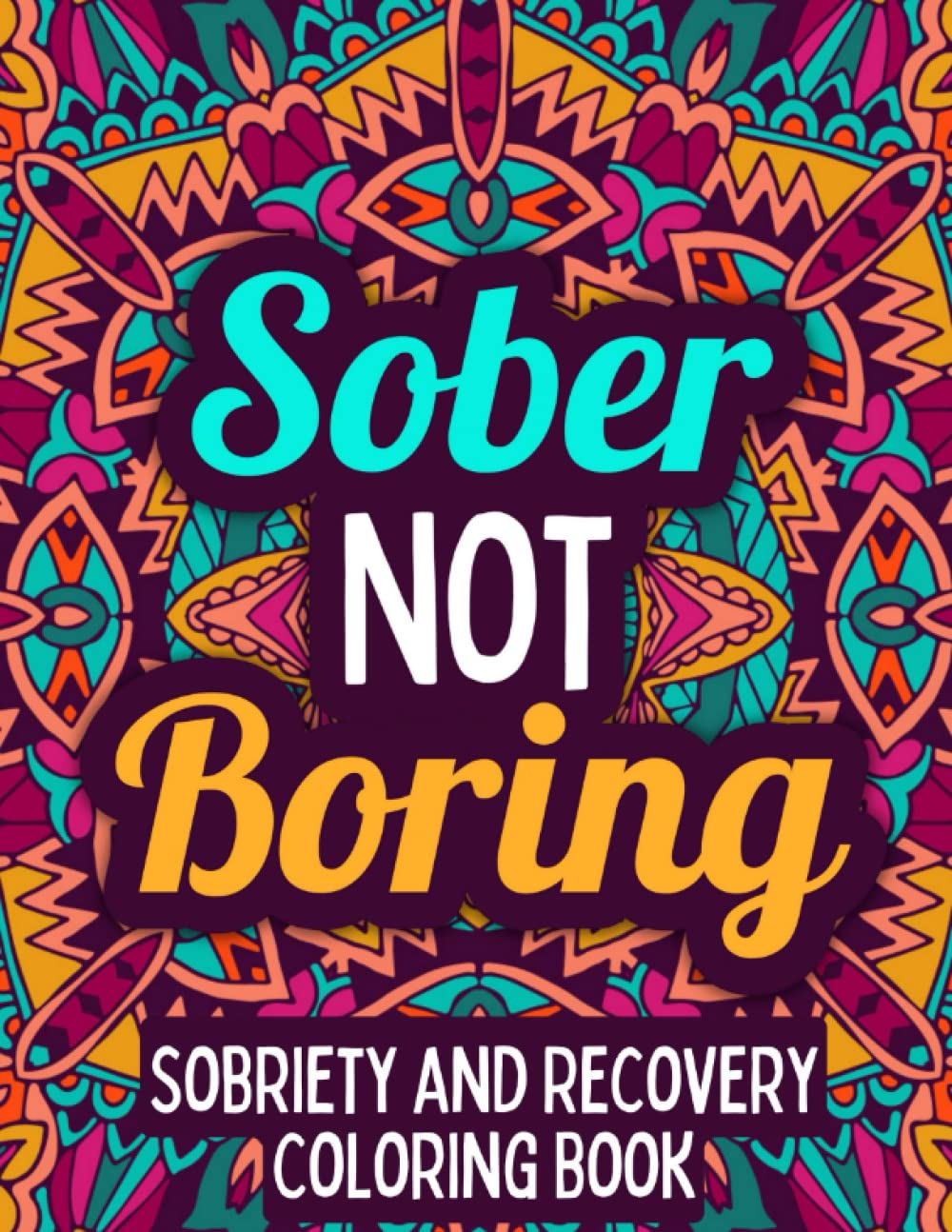

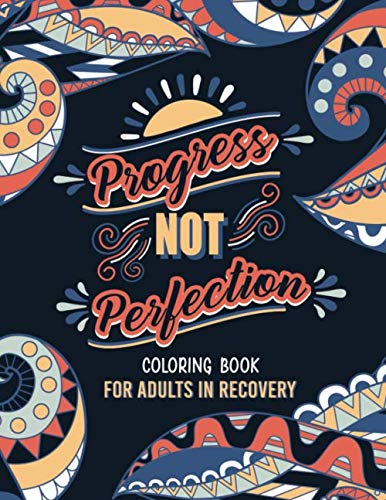

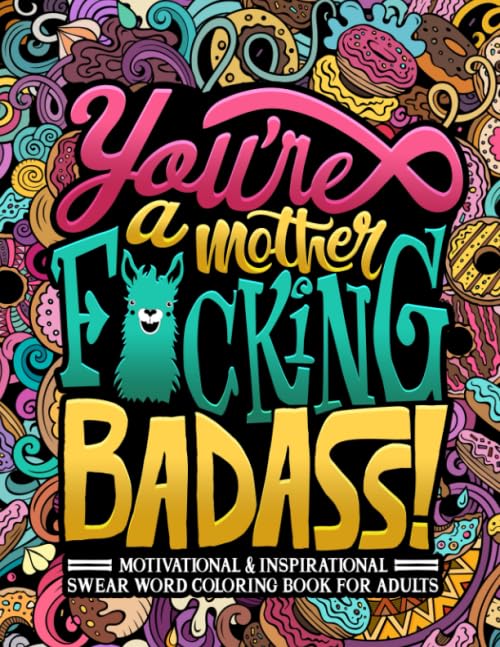
First, think about what you’re interested in and consider how complex you want your pages to be. Making even these small decisions can help you narrow your options further.
Use Art in Your Recovery Journey with Our Free Sober Themed Printable Coloring Pages

Most importantly, we recommend that you try to keep recovery fun!
Finding enjoyment in therapeutic elements like coloring pages can be incredibly helpful to resist triggers, and it can take the seriousness out of the situation, letting you free yourself and experience recovery fully. Our sober coloring pages are not only fun; they feature some edgy designs and interesting topics. They’re also free!
Coloring pages focused on mental health offer a unique opportunity for people in recovery to enjoy the benefits of art therapy in an accessible way. It gives those in recovery a welcome distraction, a way to center thoughts, and even some relief from the mental and physical components of stress.
You can download our art for recovery coloring pages for free and enjoy this innovative approach to addiction recovery. Let yourself be free and find some humor and enjoyment on your journey to recovery. Color your way to recovery, and find a new way to express yourself today!
References :
- American Art Therapy Association. (n.d.). About art therapy. Retrieved from https://arttherapy.org/about-art-therapy/
- Sharma, A., & Dewan, M. (2018). Effectiveness of art therapy on depression and quality of life of adults with cancer. International Journal of Nursing Education, 6(3), 74-78. Retrieved from https://www.indianjournals.com/ijor.aspx?target=ijor:ijner&volume=6&issue=3&article=016
- Brooks, E., Steen, T., & Burlew, L. D. (2014). Comparing K–12 Online and Blended Teaching Competencies: A Literature Review. Distance Learning, 11(1), 57-70. Retrieved from https://eric.ed.gov/?id=EJ1018320
- Wang, H., Yang, X., Sun, J., Mao, Z., Li, X., Wang, Y., … & Liu, J. (2022). The Effect of Acute Exercise on Serum Irisin Levels and Its Relationship With Metabolic Parameters in Overweight/Obese Middle-Aged and Older Adults: A Meta-Analysis. Frontiers in Physiology, 13, 943108. Retrieved from https://www.frontiersin.org/articles/10.3389/fphys.2022.943108/full




